Ronda (Spanish pronunciation: [ˈronda]) is a municipality of Spain belonging to the province of Málaga, within the autonomous community of Andalusia.
Its population is about 35,000. Ronda is known for its cliffside location and a deep canyon that carries the Guadalevín River and divides the town. It is one of the towns and villages that are included in the Sierra de las Nieves National Park.
Around the city are remains of prehistoric settlements dating to the Neolithic, including the rock art of Cueva de la Pileta.
The places of Arunda and Acinipo mentioned by Pliny have been traditionally identified with current Ronda.[1]
In the fifth century AD, Ronda was conquered by the Suebi, led by Rechila, being reconquered in the following century by the Eastern Roman Empire, under whose rule Acinipo was abandoned. Later, the Visigothic king Liuvigild captured the city. Ronda was part of the Visigoth realm until 713, when it fell to the Umayyad troops, who named it Hisn al-Rundah ("Castle of Rundah") and made it the capital of the Takurunna province.
It was the hometown of the polymath Abbas ibn Firnas (810–887), an inventor, engineer, alleged aviator, chemist, physician, Muslim poet, and Andalusian musician.
After the disintegration of the caliphate of Córdoba, Ronda became the capital of a small kingdom ruled by the Berber Banu Ifran, the taifa of Ronda. During this period, Ronda gained most of its Islamic architectural heritage. In 1065, Ronda was conquered by the taifa of Seville led by Abbad II al-Mu'tadid. Both the poet Abu al-Baqa ar-Rundi (1204–1285) and the Sufi scholar Ibn Abbad al-Rundi (1333–1390) were born in Ronda.
 View in Ronda looking toward the Church of Santa Maria la Mayor
View in Ronda looking toward the Church of Santa Maria la MayorThe Islamic domination of Ronda ended in 1485, when it was conquered by Rodrigo Ponce de León, Duke of Cádiz after a brief siege. Subsequently, most of the city's old edifices were renewed or adapted to Christian roles, while numerous others were built in newly created quarters such as Mercadillo and San Francisco. The Plaza de Toros de Ronda was founded in the town in 1572.
The Spanish Inquisition affected the Muslims living in Spain greatly. Shortly after 1492, when the last outpost of Muslim presence in the Iberian Peninsula, Granada, was conquered, the Spanish decreed that all Muslims must either vacate the peninsula without their belongings or convert. Many people overtly converted to keep their possessions while secretly practicing their religion. Muslims who converted were called Moriscos. They were required to wear upon their caps and turbans a blue crescent. Traveling without a permit meant a death sentence. This systematic suppression forced the Muslims to seek refuge in mountainous regions of southern Andalusia; Ronda was one such refuge.
On May 25, 1566, Philip II decreed the use of the Arabic language (written or spoken) illegal, required that doors to homes remain open on Fridays to verify that no Muslim Friday prayers were conducted, and levied heavy taxes on Morisco trades. This led to several rebellions, one of them in Ronda under the leadership of Al-Fihrey. Al-Fihrey's soldiers defeated the Spanish army sent to suppress them under the leadership of Alfonso de Aguilar. The massacre of the Spaniards prompted Phillip II to order the expulsion of all Moriscos in Ronda.
In the early 19th century, the Napoleonic invasion and the subsequent Peninsular War caused much suffering in Ronda, whose inhabitants were reduced from 15,600 to 5,000 in three years. Ronda's area became the base first of guerrilla warriors, then of numerous bandits, whose deeds inspired artists such as Washington Irving, Prosper Mérimée, and Gustave Doré. In the 19th century, the economy of Ronda was mainly based on agricultural activities. In 1918, the city was the seat of the Assembly of Ronda, in which the Andalusian flag, coat of arms, and anthem were designed.
Ronda's Romero family—from Francisco, born in 1698, to his son Juan, to his famous grandson Pedro, who died in 1839—played a principal role in the development of modern Spanish bullfighting. In a family responsible for such innovations as the use of the cape, or muleta, and a sword especially designed for the kill, Pedro in particular transformed bullfighting into "an art and a skill in its own right, and not simply ... a clownishly macho preamble to the bull's slaughter".[2]
Ronda was heavily affected by the Spanish Civil War, which led to emigration and depopulation[citation needed]. The scene in chapter 10 of Hemingway's For Whom the Bell Tolls, describing the 1936 execution of Fascist sympathisers in a (fictional) village who are thrown off a cliff, is considered to be modeled on actual events of the time in Ronda.[3]
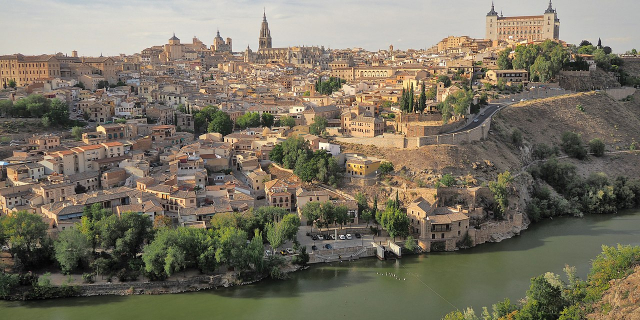




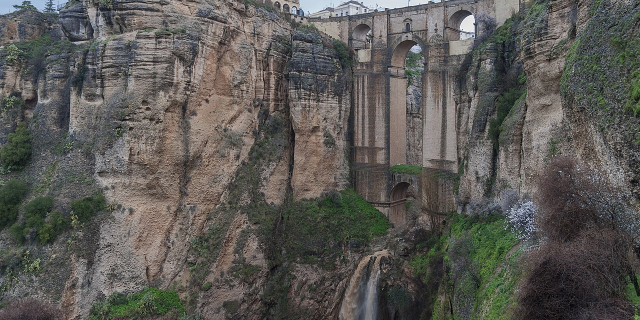

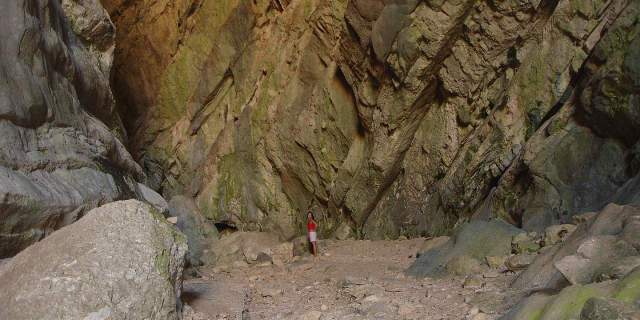



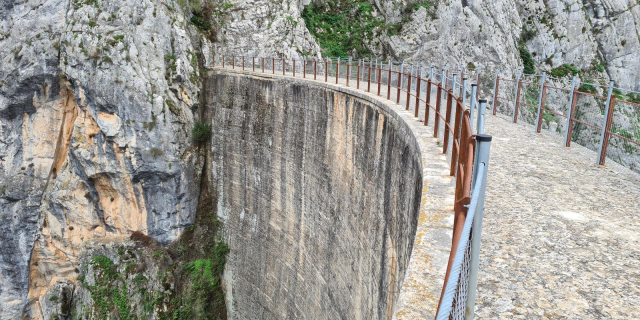

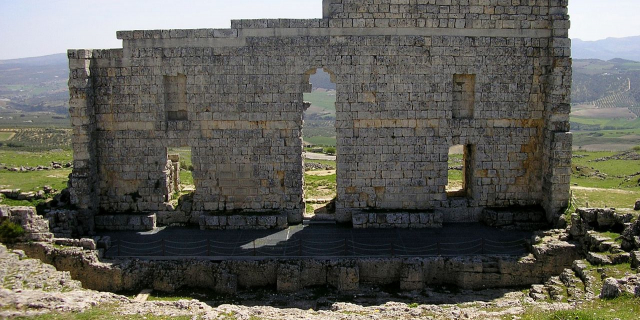

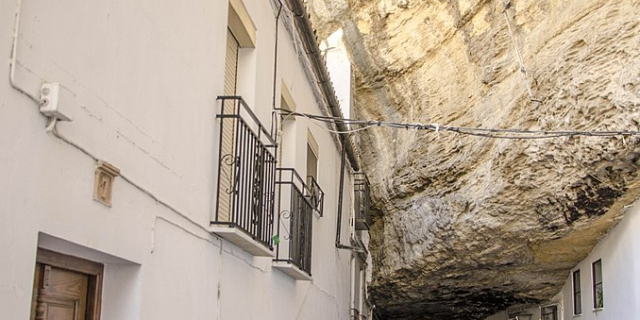

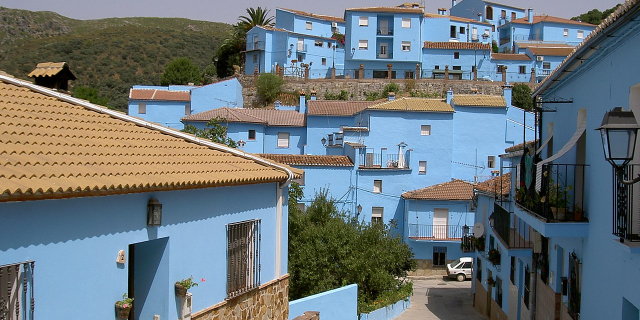


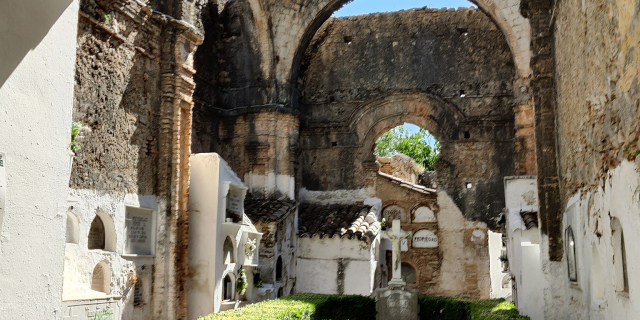




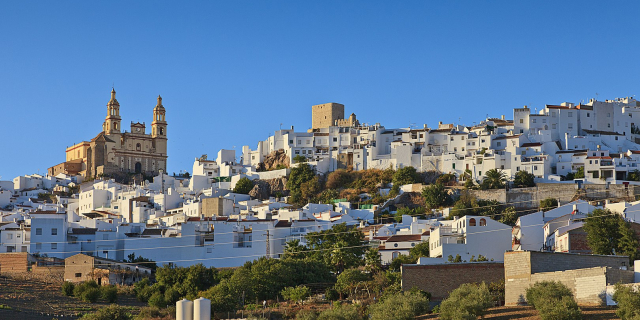
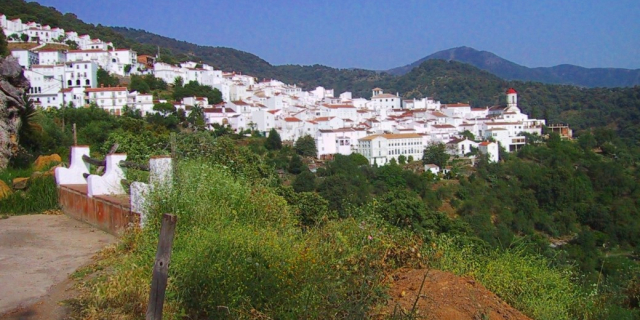
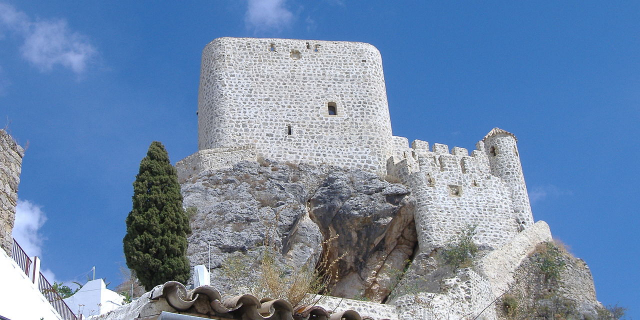




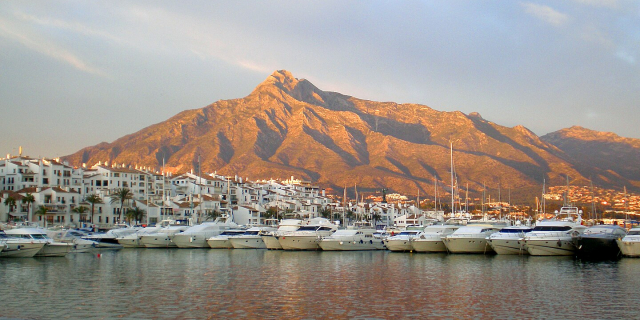

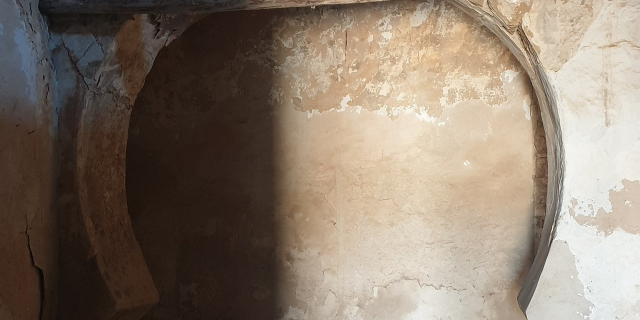

Add new comment